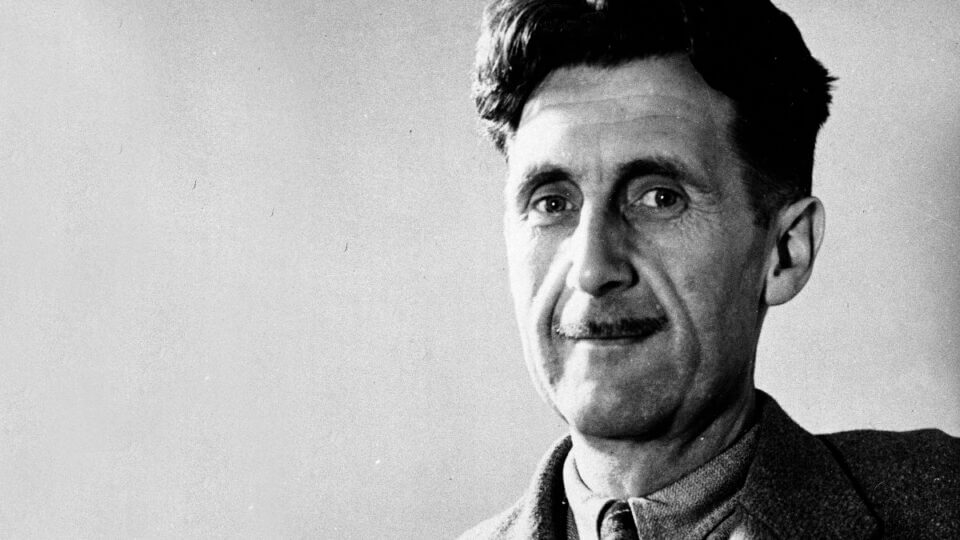
Our human nature, something that is capable of cruelty or goodness, is something we all have in common, whether able or disabled.
There are undoubtedly unresolved issues concerning disabled people’s lack of prospects in terms of employment and in the wider social world. Not long ago, a person’s physical deficiencies led others to assume that their characters were inherently flawed, which has led to various forms of discrimination across society, including education, healthcare, and housing. While this is decreasingly the case, many of these problems still linger.
However, in working out how to best integrate disabled people into society, I worry that some well-intentioned attitudes put disabled people at risk of being exploited by group-based identity politics that infest much of modern culture. After all, it seems to me that stigmatization and sentimentalism are both sides of the same coin; both involve a shallow engagement with a disabled person that are arguably equally dehumanizing.
I was led to this line of thought once again after watching the Hollywood production Wonder, based on a book of the same name, about a young boy who suffers from a “a previously unknown type of mandibulofacial dysostosis.” The condition leaves his face deformed, making him vulnerable to bullying from his peers, as well as to bouts of the understandable “why me-ism” that punctuates the lives of anyone born disabled.
Yet, as Kevin Maher notes in his review in The Times, instead of dealing with the harsh reality of Auggie’s disability—which is much more graphically described in the book than is presented in the film—the film turns Auggie into a cute facsimile of a disabled child. He is portrayed as being just different enough to be noticeable, but not so different that cinema-goers will feel too uncomfortable. Instead of dealing with the subject with a greater degree of honesty, the film instead gives a slushily sanitized picture of the boy’s life, providing plenty of opportunities for emoting that don’t actually require much of the audience beyond a shallow engagement with the film.
There is another big problem with the film: its emphasis on niceness to the exclusion of all else. The boy, Auggie, is just too nice, and so are most of the other people in it. The general tone is one of weepy slushiness where everyone cries at the slightest instance, where love trumps all, Auggie is able to forgive everyone, and in the end everyone has a teachable moment.
This portrayal in the film demonstrates a deeper issue inflicting our society; that is, the double-vision through which ordinary people view disability. For some, outward physical flaws can serve as a clue to the maimed spirit of the less-than-human sufferer. For others, it is almost as though the opposite is true. It is as though if one has a physical disability, it is a sign that one is inherently good and pure of heart and character. In the eyes of the sentimentalist, having a physical disability seems to purge one of all inner faults and flaws; they are all on the outside after all, so how can there by anything bad on the inside? This is the message of Wonder. Auggie has a physical deformity that affects his face, so he must thus be a completely pure, saintly boy who inspires everyone else with his inborn goodness to reach for the same heights of internal wholesomeness.
Today, this is where depictions of disability shade into identity politics. For stigmatizers and sentimentalists in the wider world, disabled people are often a monolithic bloc; they must all be good. The problem with this sentiment is that it leaves little room for true individuality and autonomy. This is even more true in the academy, where disability itself is now just another front in the identity politics culture wars. This is demonstrated in Bruce Bawer’s account of “Disability Studies” in his book on the rise of victim studies in the academy, The Victims’ Revolution. He describes how these departments go as far as they can to diminish the medial and biological aspects of disability so they can focus on how disability fits into a social constructionist world view of different identities in their hierarchy of oppression. If you would like more evidence for this, enter “disability theory” into Amazon and see what comes up.
It would be hyperbolic to say that Wonder is explicitly pushing a post-modern social constructionist world view. However, it does the same thing as these academic departments by diminishing the reality of physical disability, and doesn’t do imperfect disabled people any favors as individuals by reinforcing in others an impression of disabled people as inherently morally superior or courageous. This is a reality that is evident when sentimentalists exclaim how brave you are for living as you do, or say how they cannot understand how you cope. Sometimes it feels like being caught in three-pronged flanking movement: resentful post-modern identity politics ideologues (how oppressed you are), sentimentalists (how brave you are) and stigmatizers (how pathetic you are). Each view disability in a way that reduces the person in question to a cipher for their own preconceptions, and each use it for their own ends: the ideologues to push their cultural offensive, the sentimentalists to make themselves feel good, the stigmatizers to express their own bigotries.
It is hard to say which is more damaging. The stigmatizers are obvious about their intentions through their actions. Yet sentimentalists are just as bad; George Orwell describes in The Road to Wigan Pier how Socialist bourgeois recoil in horror when their sentimental view of the proletariat is scratched by reality. There is no reason this should not also pertains to disability, and this is not helped by depictions like Wonder.
It’s a shame, really. I do not begrudge people who watch a film that makes them feel good. After all, who doesn’t want to feel uplifted for a while? However, presenting disability in the sanitized and sacralized way Wonder does is not necessarily a good thing. It is a substitute for real engagement with complex issues that brushes over the jagged edges. I would argue that presenting disabled people as imperfect on the outside but basically perfect on the inside is the same dehumanization as that of the stigmatizers, simply reversed. After all, is anyone who is portrayed as completely good on the inside a real person?
Yes, I am disabled, and I am still human. I am nowhere near as anodyne as Auggie is depicted in the film, and nor is any other disabled person. Sacrificing Auggie’s imperfections, faults, flaws and complexities arguably strips him of his true humanity. No one is perfect, and everyone has their issues. Being disabled does not alter that either way; we are neither worse nor better than anyone else in our intrinsic human nature. In a way, that is what unites us all. Our human nature, something that is capable of cruelty or goodness, is something we all have in common, whether able or disabled.
Disabled people should not be stigmatized, but they should not be sacralized either. They should be engaged with as the complex individuals they are, rather than as representatives of a holy and redemptive monolithic group identity.
Henry George is a freelance writer based in the United Kingdom.










